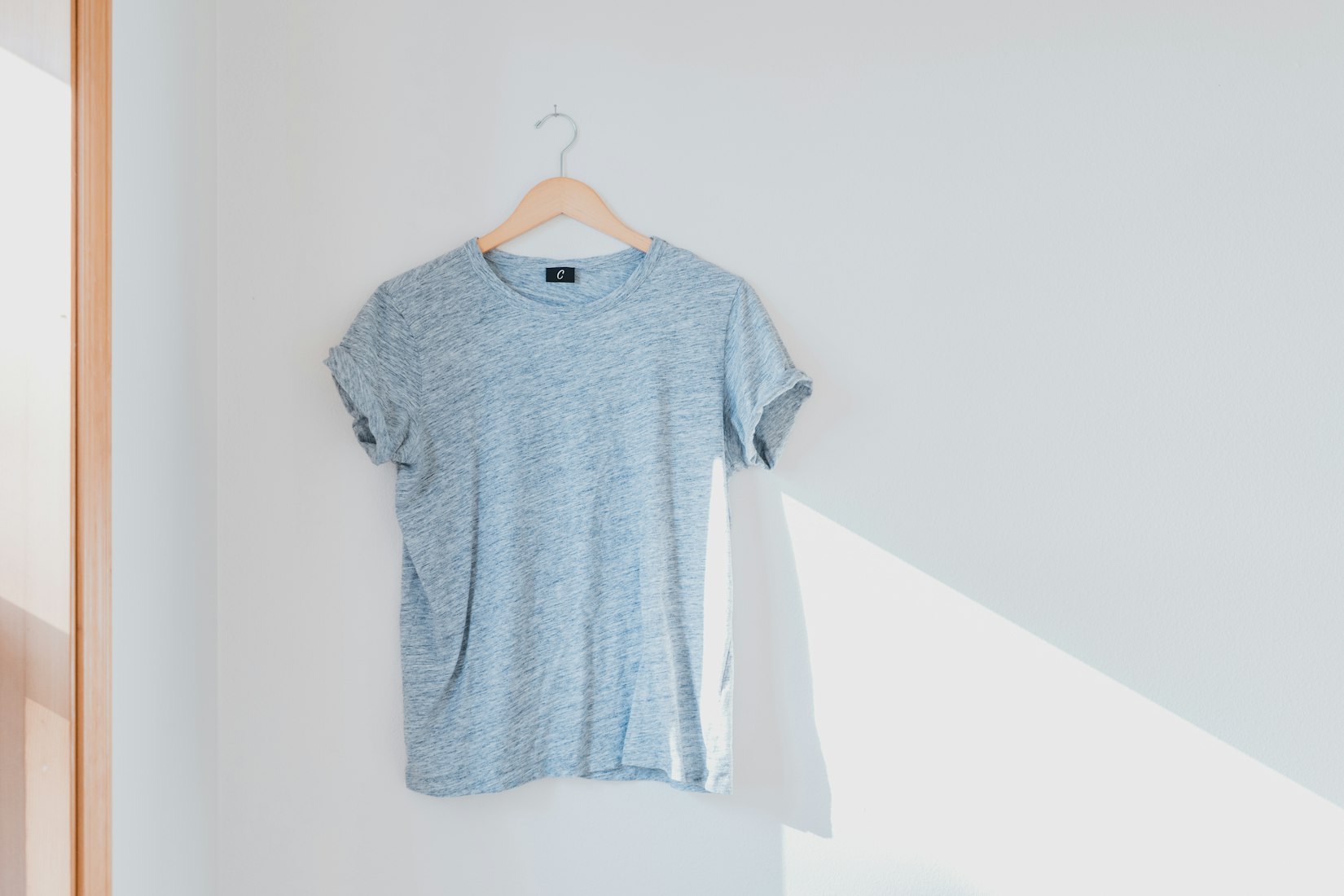CBD for Menstrual Cramps: Can it Help Period Pain?
Posted by Lewis Olden on
*Scroll down to the bottom of the article to find your discount code for ALL Cannacares CBD Products
One of the most common and pesky problems for women of child-bearing age is going through their period. Menstrual cramps are one of the most common and debilitating symptoms during these few days. These cramps gone often be intense, particularly in the first few days of the period.
There are a number of ways in which people attempt to combat menstrual cramps and period pains, from herbal tea to heat pads and over-the-counter NSAIDs (Non-steroidal anti-inflammatory drugs) such as ibuprofen.
At Cannacares, we truly believe in the power of natural healthcare and that is why we think that CBD is one of the best remedies available for combatting period cramps.
One notable individual who agrees with us was Queen Victoria. Her physician prescribed her cannabis specifically to relieve menstrual cramps!
Over the years, empirical research has increased and improved our understanding of the plant. We now have a much clearer idea of the impact of CBD on particular symptoms of period pain, including menstrual cramps.
This article will outline how and why CBD can help relieve the pain associated with period pain and what products we recommend.
The Menstrual Cycle
On average women experience periods every 28-30 days. The menstrual cycle is a natural bodily function that prepares a woman’s body for pregnancy. During this period, roughly once a month, a thick layer of tissue - known as the endometrium - grows in the uterus.
Halfway through this cycle, the egg is released from the ovaries (this process is known as ovulation) and when it meets the sperm, the pregnancy begins. That said, if the egg is not fertilised by sperm during this period, the egg breaks down.
Once dissolved, the remaining molecules inform the uterus that there will be no pregnancy this month and the additional tissue is shed, leading to bleeding.
Where do period pain and menstrual cramps come from?
The aforementioned shedding of the endometrium is what causes menstrual cramps and the severe pain that can accompany these. Some women experience tissues growing outside the tissue lining, ovary and fallopian tubes. This is known as endometriosis and can cause severe pain, as well as scar tissue.
Two of the most notable molecules in the process, left behind after dissolution of the egg, are the enzymes prostaglandins and prostacyclins. These enzymes are the primary cause of cramping and the pain that comes with that.
What is Premenstrual Syndrome (PMS)?
PMS is a collective term used to describe the group of symptoms that a woman experiences in the days leading up to her period. Typically, these symptoms begin approximately 6 days before the start of the period and peak around two days beforehand. The symptoms, ranging from mild to severe, include:
- Anxiety
- Mood swings
- Irritability
- Muscle tension
- Outbursts of anger
- Poor concentration
- Changes in appetite
What are the standard therapies for menstrual cramps?
Undoubtedly the most popular form of relief for period pain and menstrual cramps in particular, is the use of NSAIDs (Non-steroidal anti-inflammatory) such as ibuprofen and naproxen. These medications relieve menstrual cramps by reducing the production of prostaglandins that cause pain and inflammation.
That said, there are a number of side effects when it comes to using NSAIDs, particularly on a regular basis. These include, but are not limited to:
- Indigestion
- Stomach ulcers
- Dizziness
- Headaches
- Drowsiness
Birth control pills can also be used to relieve menstrual pain by preventing ovulation and reducing the production of prostaglandins. While using birth control pills, the lining of the womb does not grow as thick as it would without their use. This results in a lighter period.
However, there are also a number of side effects that accompany birth control pills, such as:
- Headaches
- Nausea
- Thrombosis (blood clotting in blood vessels)
- Bloating
- Tiredness
- Breast tenderness
How CBD helps period pain and menstrual cramps
While research specifically into CBD and its relationship to menstrual pain is limited, there are number of symptoms that CBD can help with. We will outline a few of these below.
Interaction with COX-1 and COX-2 enzymes
As previously mentioned, NSAIDs are the most common treatment used for period cramps and general menstrual pain. One of the reasons why they are effective is that they block the COX-2 enzyme, which causes pain and inflammation.
Unfortunately, NSAIDs also block the COX-1 enzyme which is responsible for maintain a healthy lining in the stomach and intestines. This is why regular and prolonged use of NSAIDs, such as ibuprofen increases the risk of stomach ulcers.
Further to the above, an interesting study carried about by Zhang and Chen in 2008 highlighted the fact that CBD inhibited COX-2 production, but had no impact on the COX-1 enzyme. This means that CBD is useful in reducing inflammation and the perception of pain without the increased risks of stomach irritation and other such symptoms that accompany regular NSAIDs usage.
CBD is a powerful anti-inflammatory
A number of studies have highlighted the significant potential of CBD as an anti-inflammatory. This should help to reduce the pain associated with cramping, as well as headaches.
A 2016 study on rats found that applying CBD topically reduced both pain and joint inflammation without causing any unwanted side effects.
CBD can help to balance mood
CBD works by interacting with the central nervous system’s endocannabinoid system (ECS). This serves to maintain homeostasis throughout the body and controls many bodily functions ranging from mood, to perception of pain.
Many believe that mood swings caused by chemical imbalance are a direct result of endocannabinoid deficiencies. Although evidence is limited, there is certainly a growing school of thought that believe this to be the case.
Normally, the naturally occurring cannabinoids within our ECS interact with naturally occurring cannabinoid receptors to maintain homeostasis. However, during periods of menstruation, these neurological functions can be thrown off kilter.
Consequently, natural cannabis compounds, most notably CBD, can help to re-establish the correct cell-to-cell interactions that normally exist.
Period-specific studies
While limited, there are a handful of studies specifically investigating the role of CBD in dealing with period pain and menstrual cramps.
One in particular is related to women suffering with endometriosis. This was a self-rated study conducted in 2019 and the participants ultimately agreed that CBD oil was the most effective at relieving pain amongst a series of alternative therapies.
Additionally, a 2019 study from the Online Journal of Complementary and Alternative Medicine, reviewed relevant studies on the feasibility of using CBD as a treatment option for PMS. The results of this study showed an improvement in symptoms such as headaches, mood swings and pain.
How to use CBD for period cramps
The CBD industry has exploded in recent years and this has led to rampant innovation in relation to product development. There is now a dizzying array of delivery methods available, ranging from CBD gummies to CBD lube. This can be overwhelming when it comes to choosing the right product for you. Below, we will highlight a few of the Cannacares community’s favourite products.
CBD Patches
Our best-selling product, CBD patches are often the go-to when it comes to pain relief in general – particularly when it comes to period pain.
CBD patches are applied to the inside of the wrist or outer arm and steadily deliver a dose of CBD across a 24-hour period. This means that, unlike products which need to be taken multiple times per day, there is no tapering off period. Just change the patch each morning and enjoy consistent full-bodied relief.
Topical CBD Products
Topical CBD products, such as CBD balm are a great way to target a specific area of discomfort for relief. You just need to rub the product into the affected area and it will get to work in a matter of minutes, penetrating deep below the surface of the skin.
CBD balm can be particularly useful when applied to the abdomen when cramping, or for combatting back pain as it promotes muscle relaxation.
CBD Oil
CBD oil is often the entry-level product for most first time CBD users. This is because you have a finer control over the dosing. With our dosage-marked self-contained droppers, it is easy to see how much you are using at a time and how this affects you.
CBD oil is a great all-rounder and can also be added to food or drink if you do not like the taste. It is always recommended to start with a low dose and work your way up.
Conclusion
Despite the lack of studies available that specifically investigate the relationship between CBD and period pain, there are a number of studies that look into the symptoms associated with periods. This includes inflammation, headaches and mood regulation.
One of the most significant benefits of CBD is the lack of severe side effects. The same cannot be said of regular NSAID usage, so it is certainly worth giving CBD a try and seeing if it works for you.
Women’s health and wellness is paramount however, and it is important to always consult your doctor or GP before trying CBD for the first time, particularly if you are on existing medication.







